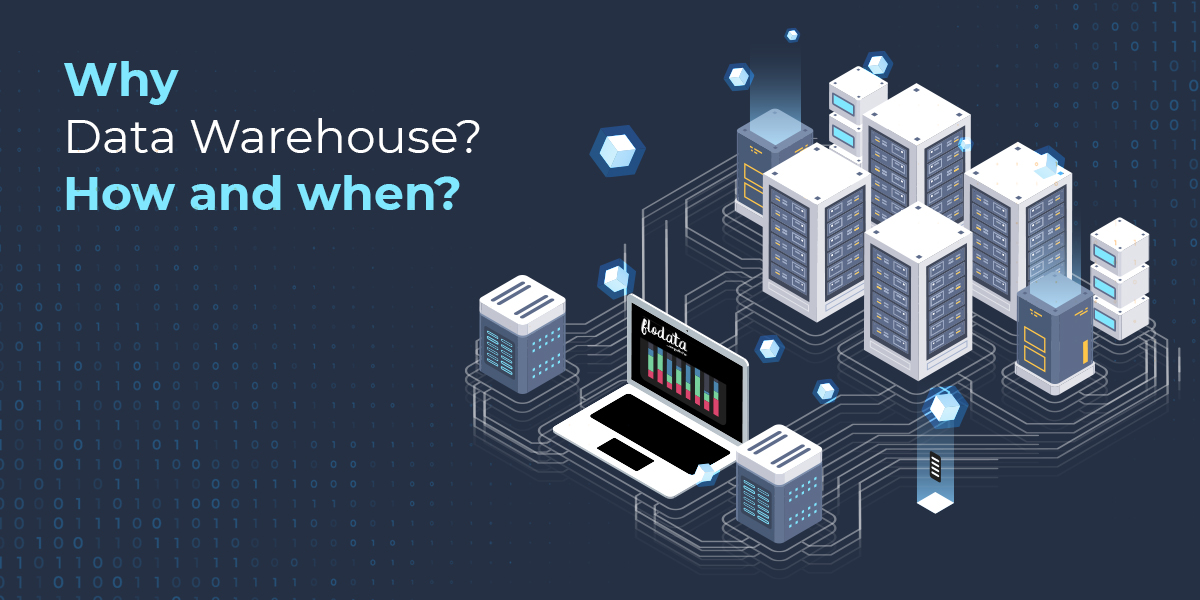Daily operations in an organization create loads and loads of data which if properly used could be an integral part of an organization’s growth and development. This data is generated by sales, orders, marketing, surveys, financial transactions, and customer services of an organization. Now, what organizations do with the huge collection of data?
Organizations classify and categorize it effectively to make better decisions at the right time, using Business Intelligence, and its analysis aids in handling the data coming from different formats.
Data Integration is the solution to all. In simple words, data integration means combining data or information from various sources into much more meaningful and valuable information. The purpose is to make it available for those who really need it.
Let us explore more on data integration and why we need a plan for data integration.
- Data Insights to Generate Strategic Plans
Provides in-depth information on the company’s strengths and weaknesses, current updates, historical data movement, opportunities, and risks the data faces. This enables management to take the best strategic decisions for the growth and safety of an organization.

- Bridging the gaps

Provides access to information in the legacy system for example mainframes and TOPS databases. A good data integration solution bridges the gap between a data analytical environment and a business intelligence tool.
- Data Fragmentation and usage
Understands various data formats generated from various sources and their area of usage. With a strong integration plan, you get a true 360-degree view of your customer or user base.

- Gain visibility on your business

Avoid errors, miscommunication, and keep a vigilant eye on your user base. By having an integration plan in mind, you can easily walk away from the co-web of various data.
- Quick connectivity

A data integration plan will help in connecting two data sources with ease as implementing a minute change in one of the traditional data sources can create multiple bugs and errors.
A variety of approaches are used for data integration, manually or automated. Most of the data integration solutions make use of ETL or ELT methodology. In all, you create a data hub to use. Leading different datasets together increases the efficiency and value of information, for example, the application of spatial information to non-spatial data.
There are a number of tools available to help customers with data integration. However, what makes FloData different from others is its capability to centralize data for the users at one place which further leads to knowledge sharing, innovation, and keeps the data up-to-date.
To know how FloData will work, visit us at https://flodata.io or write to us at info@flodata.io.

